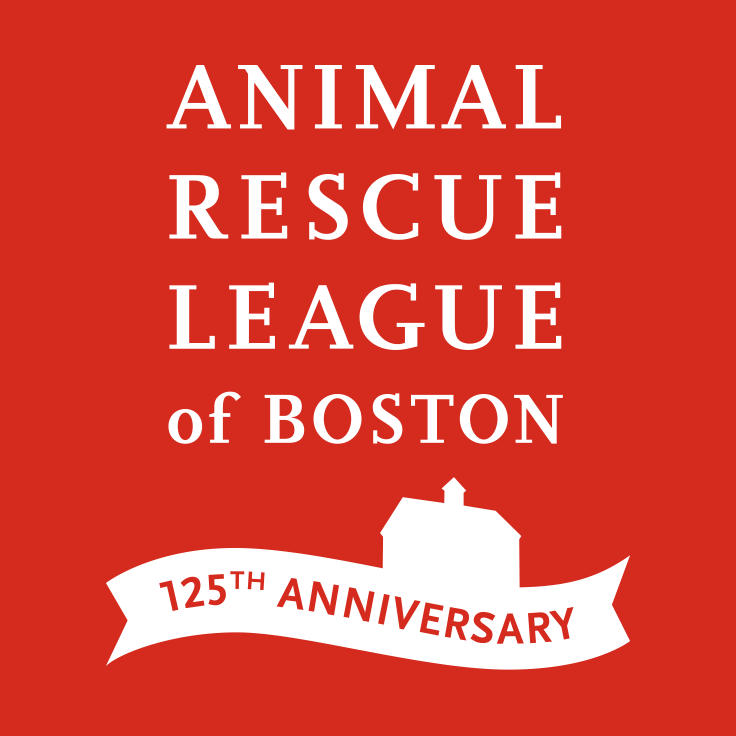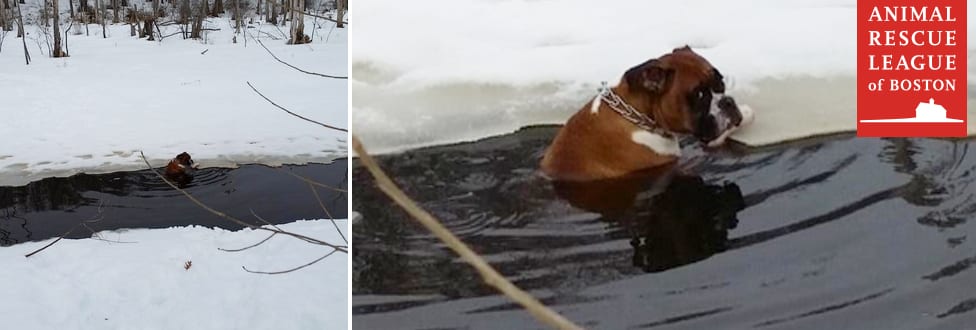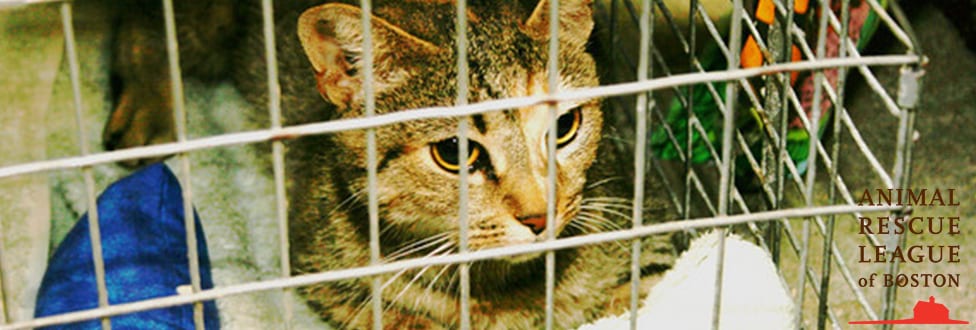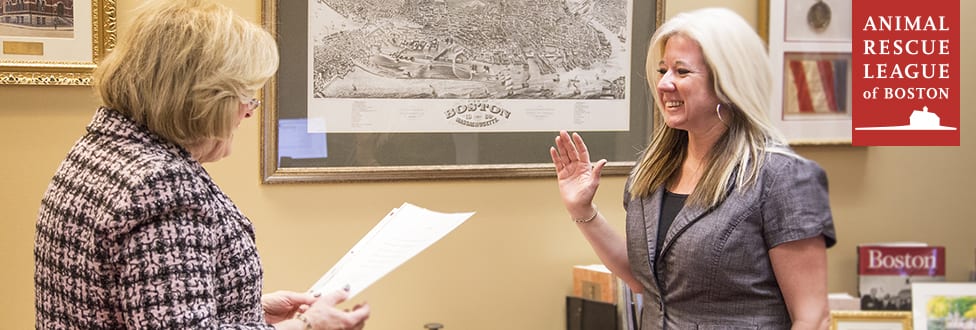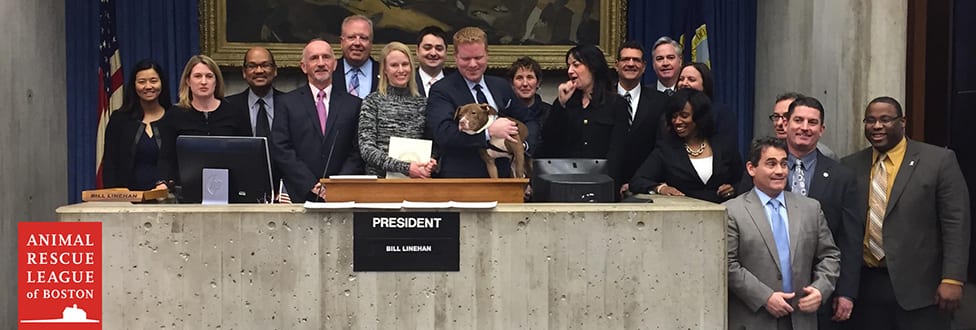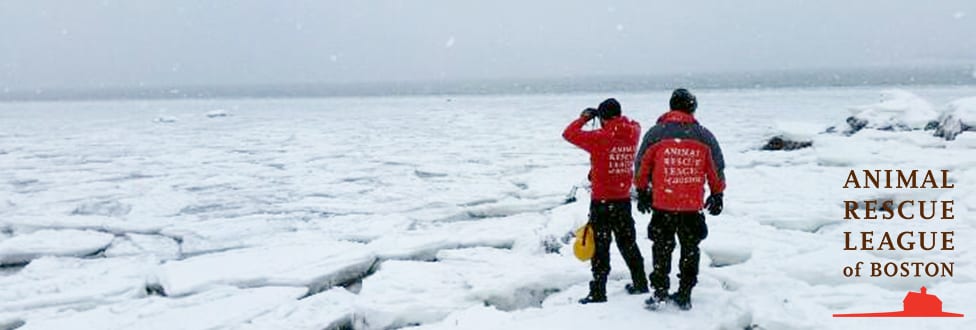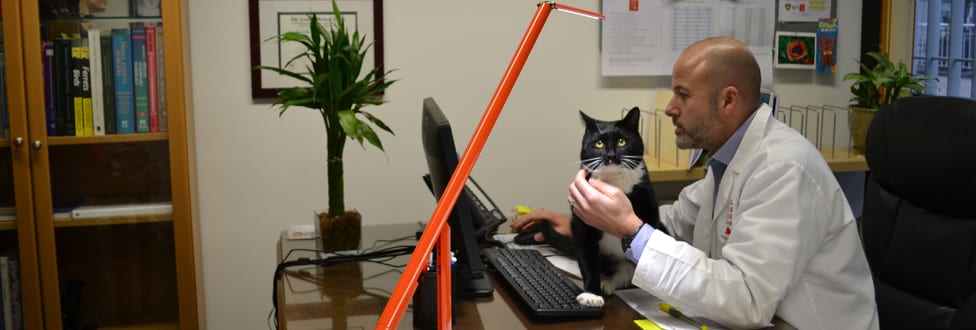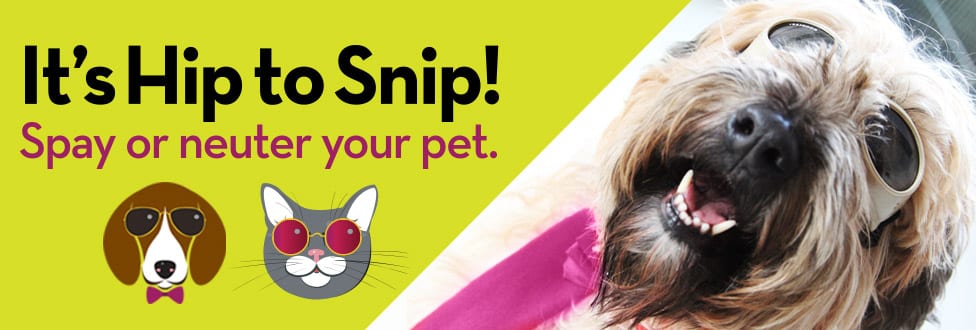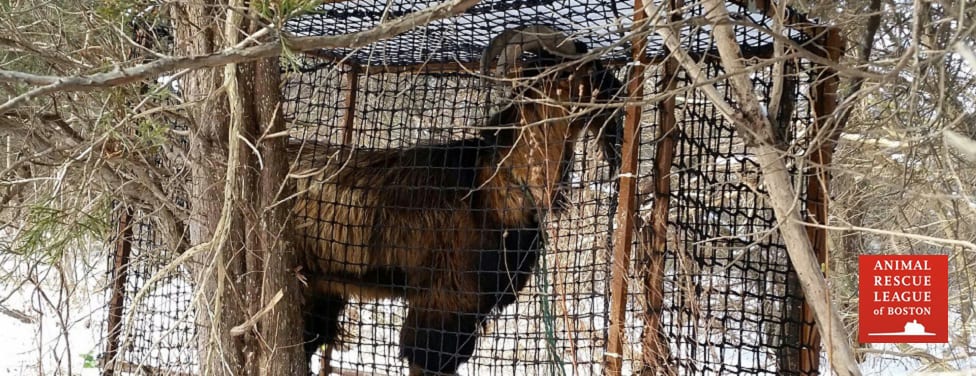Dog Rescue – Pulled from Icy Stream
ARL Rescue Team on the scene to help
Thanks to fast efforts from his caregiver, park rangers, and the ARL’s rescue services team, a family dog is warming up after he realized a little too late that it wasn’t a good day for a swim.
Energized by the warmer temperatures and sun as he was playing at West Roxbury’s Millennium Park on Tuesday afternoon, the happy-go-lucky dog decided to take a dip in the inviting stream running on the outskirts of the park.

ARL senior rescue technician Danielle Genter gave the chilly dog a towel rub down after his rescue from a stream.
After one pass across the stream, he decided that the water was just a little too cold for his liking. Unfortunately, an icy shelf stood between him and dry land, and he seemed none to eager to swim back across. Searchers found him hanging on the icy shelf waiting for help.
Working alongside the dog’s caregiver, Boston Park Rangers, and the Boston Police, senior rescue technician Danielle Genter extended a catch-pole across the narrow stream to grab hold of the dog.
The grateful pup got the picture and allowed Danielle to move him off the ice, back across the water, and on to solid ground. He hopped right in to the awaiting warm vehicle to get a towel rub down.
The dog appears to be doing well and our rescue team recommended he get a check-up with his veterinarian to make sure all was well.
With fluctuating temperatures, the snow and ice are definitely starting to melt! While this is a happy sign that Spring is just around the corner, it’s also a sign to stay alert with your pet.
Keep your dog on a leash and if you’re walking near “frozen” ponds, lakes, or streams, remember ice is not always uniformly thick or stable. In addition to the dangers of falling through thin ice, also remember dogs don’t consider the water temperature before bounding in for a swim. For more winter pet health and safety tips, visit arlboston.org/winter-pet-health
SPECIAL THANKS to Boston Park Ranger Sergeant Al Hurd and the Boston Police Department who provided help and assistance to our rescue team today!
